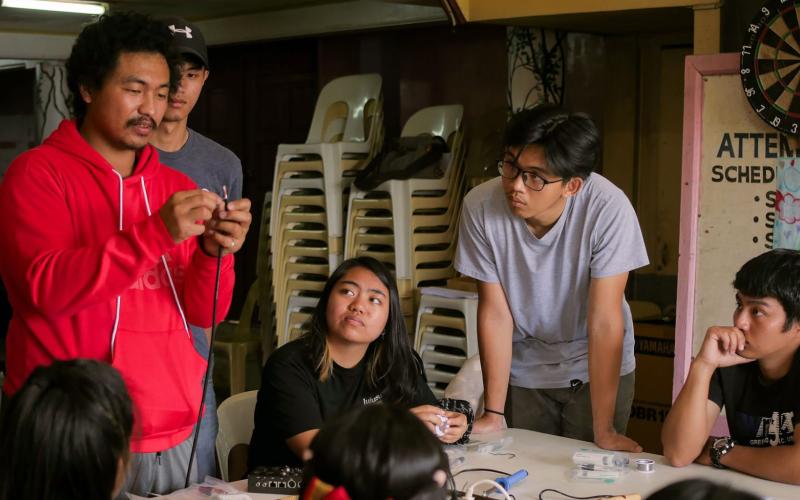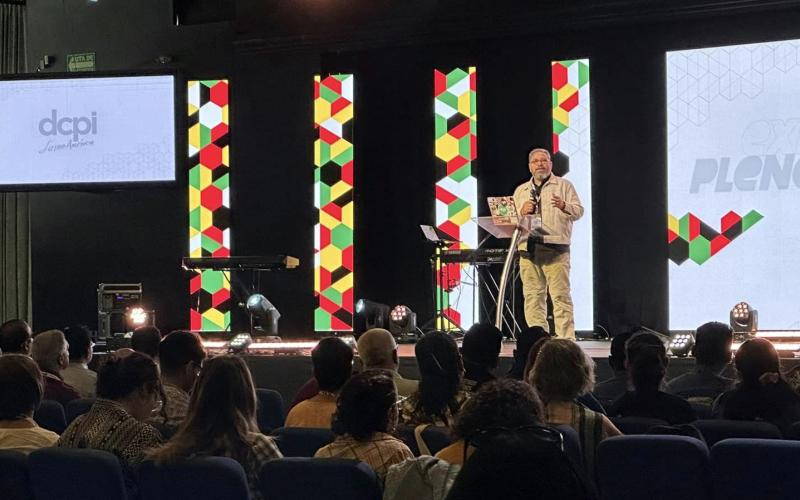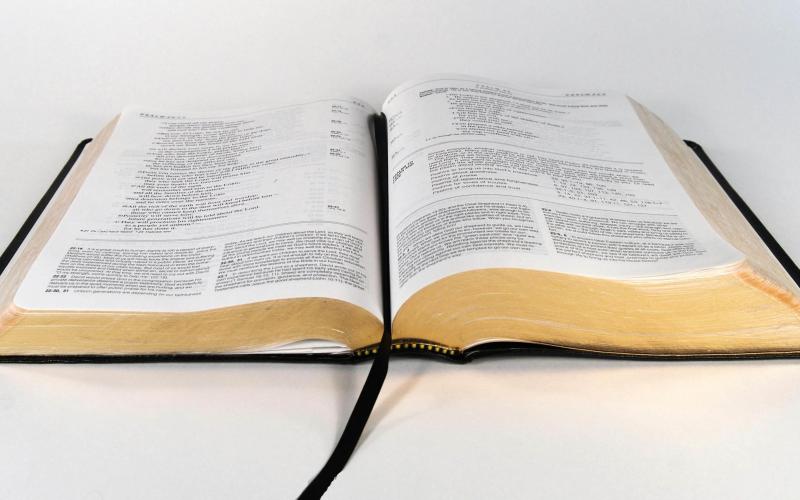
Mission briefing: Necessary qualities for local churches

More than 150 years ago, Anglican missionary strategist Henry Venn insisted that the churches resulting from foreign missionary work – including that of his own denomination, the Church of England – should be “indigenous” or “native” churches.
That doesn’t sound all that revolutionary, does it? However, in the 1800s, many people thought missionaries were sent to other countries to pastor churches of new believers. If and when local people from newly-evangelized areas became pastors, their support was provided by or at least supplemented with foreign money. In addition to controlling finances, missionaries remained the voice of authority on many levels. As one might guess, such churches frequently felt like foreign transplants to the very people they were trying to reach.
Venn, along with American missions leader Rufus Anderson, argued that New-Testament-style churches should have local leaders. In addition, those churches would be financed locally, and they would be doing effective evangelism, discipleship, and church planting on their own.
Venn said these native or indigenous churches would be:
- Self-supporting
- Self-governing
- Self-propagating
Coming up with those three “selfs” was an attempt to move away from missionaries attempting to duplicate what was done in their home countries. Venn wanted to encourage churches to move away from a deadening dependency on foreign initiative, foreign money, and foreign personnel. He wanted churches in Kenya to feel like Kenyan churches and churches in Brazil to feel vibrantly Brazilian.
The three “selfs” were not out-of-reach ideals that few, if any, congregations could ever fully achieve. Nor did Venn see a necessity for decades to pass before churches could put achievement check marks beside each of the “selfs.” Venn and others promoted self-support, self-government, and self-propagation as core values or guiding principles that would shape congregational life and ministry from each church’s beginning days. The “selfs” were lenses to help church leaders evaluate what would be sustainable, culturally appropriate, and reproducible in each context.
Over time, questions arose as to whether Venn’s three “selfs” were comprehensive enough. After all, it was possible for a self-supporting, self-governing, and self-propagating congregation to still seem very foreign. For that reason, in the 1900s, Paul Hiebert and David Bosch began saying that truly indigenous churches would also be self-theologizing. This fourth self meant that indigenous congregations will be thoughtfully applying biblical values, ethics, and principles to the issues and challenges of their cultural contexts.
Three or four other “selfs” have been proposed, including that of self-expressing. By self-expressing is meant worshiping and ministering in a manner reflecting the church members’ culture, including but not limited to music styles, types of teaching/preaching, meeting places, and programming.
A case can be made that Venn’s original list – self-supporting, self-governing and self-propagating – needs to be a bit longer. Still, we must acknowledge that Venn did the Church of Jesus Christ a great service by suggesting three criteria of truly indigenous churches, criteria which in no way prevented them from being unashamedly biblical as well as firmly connected to a global denomination.



